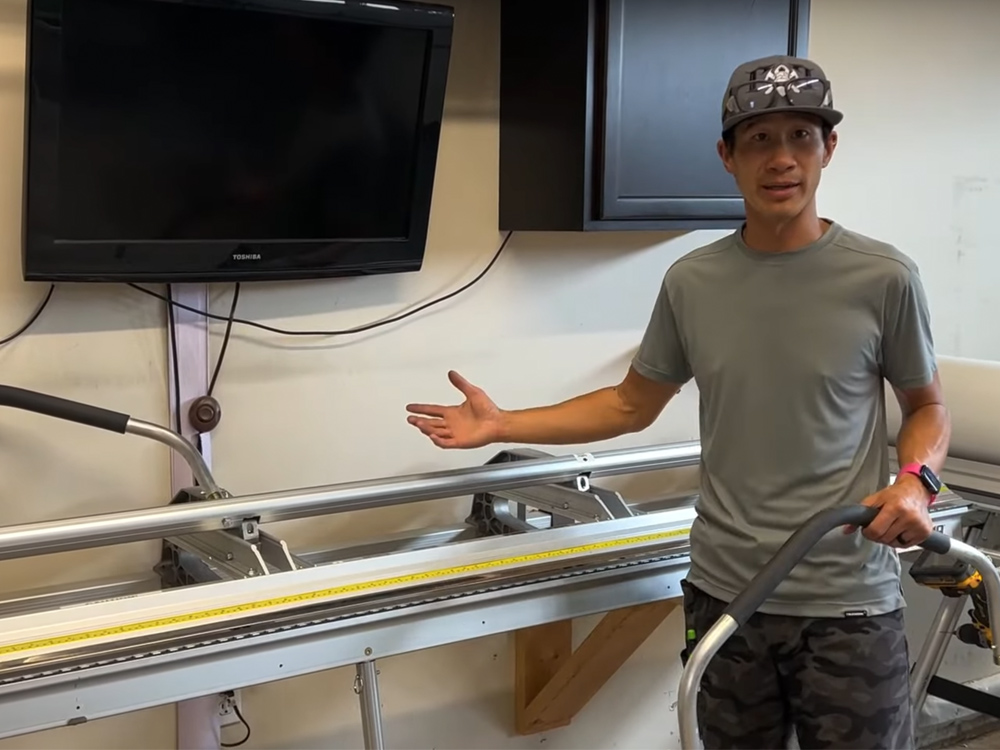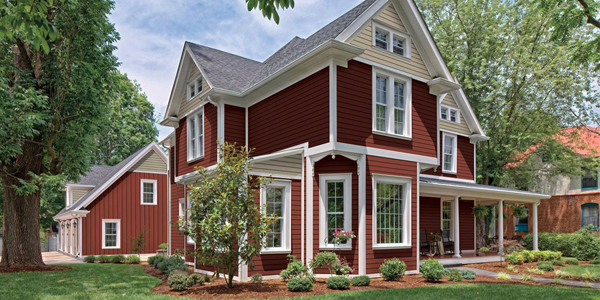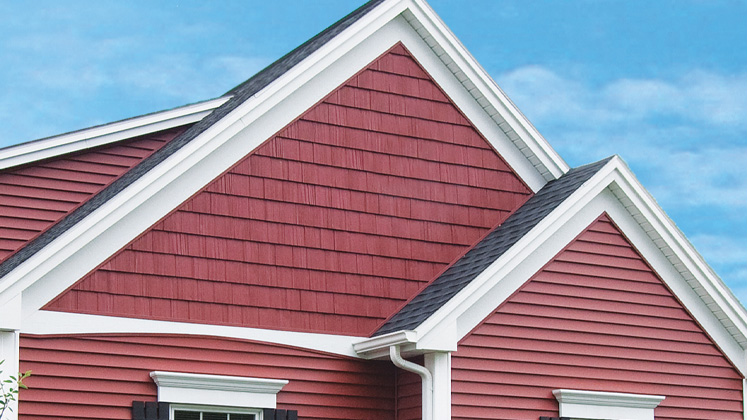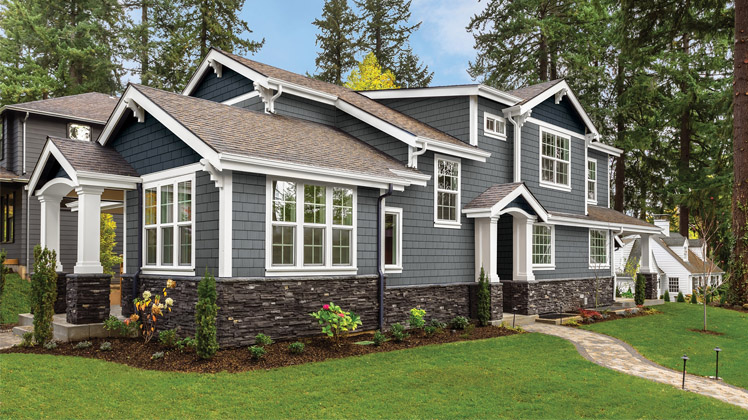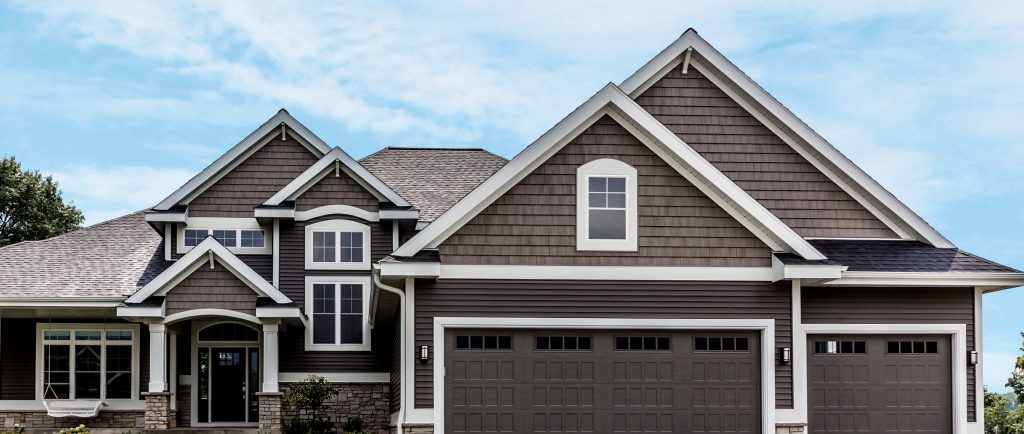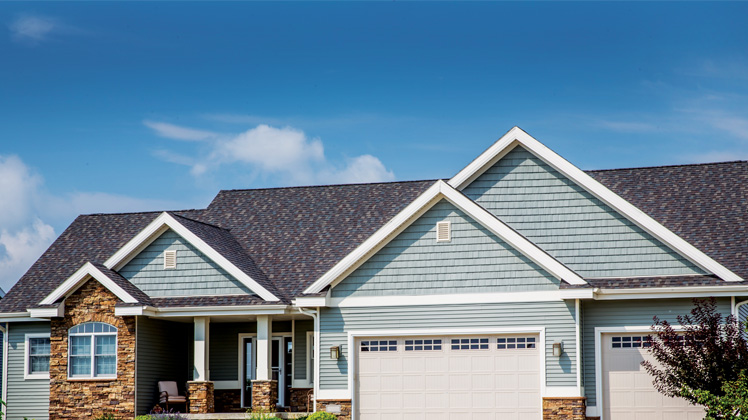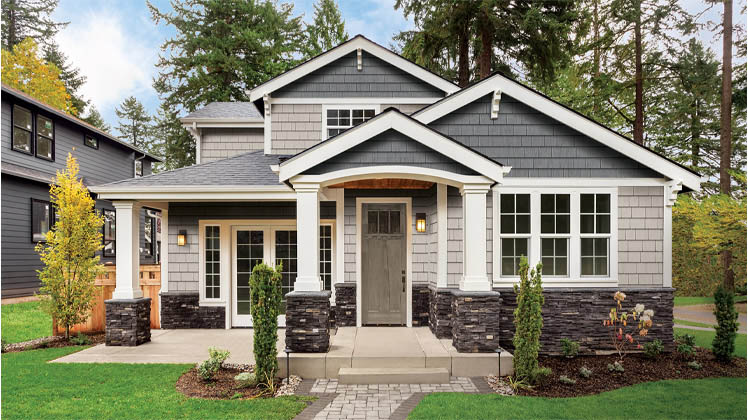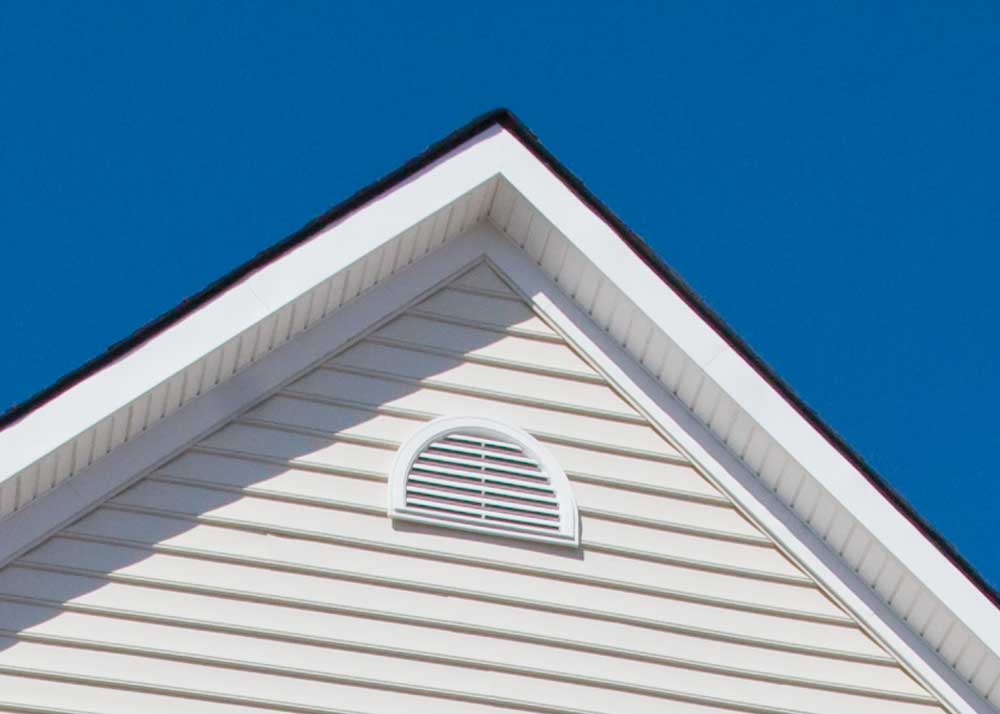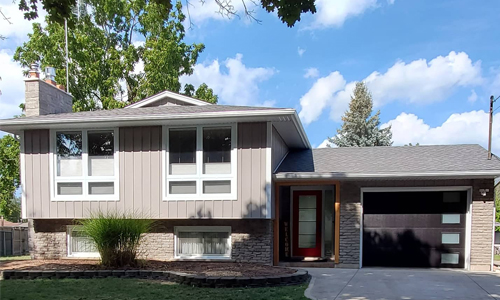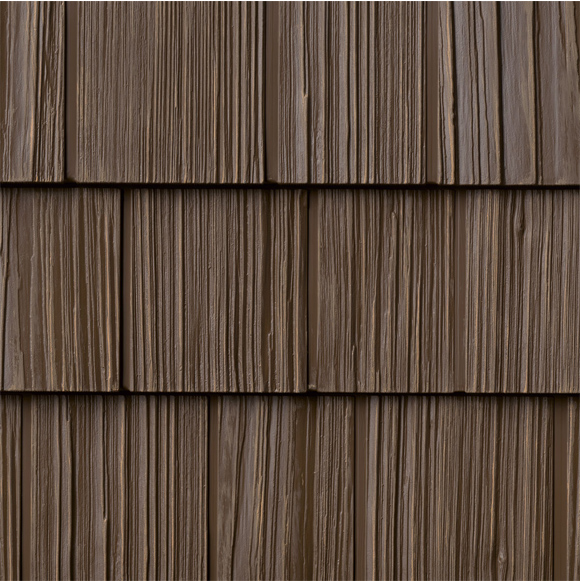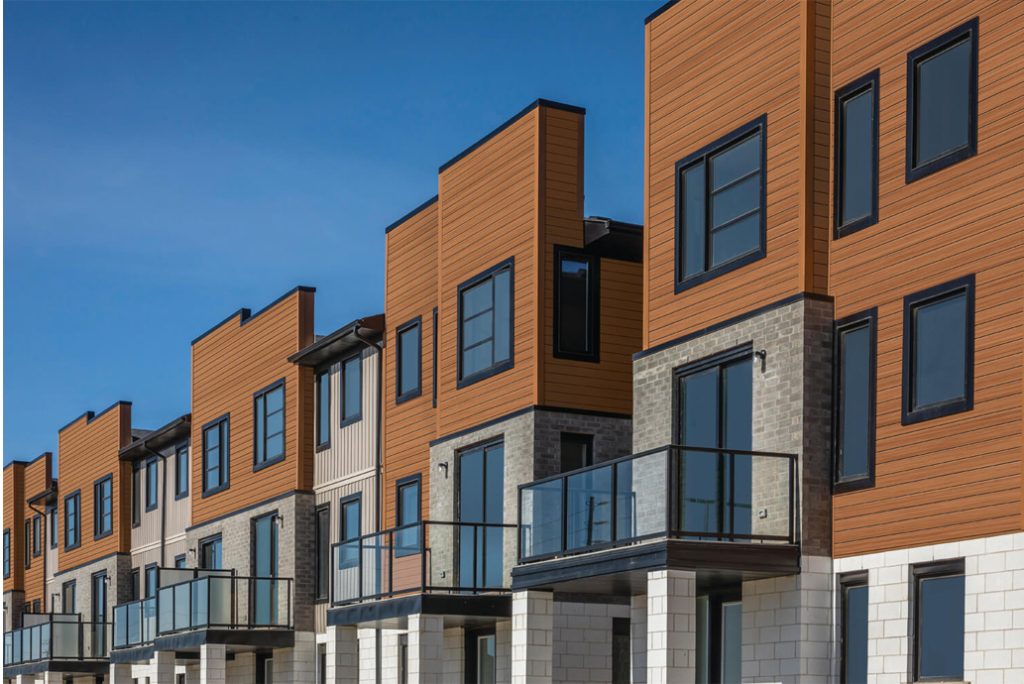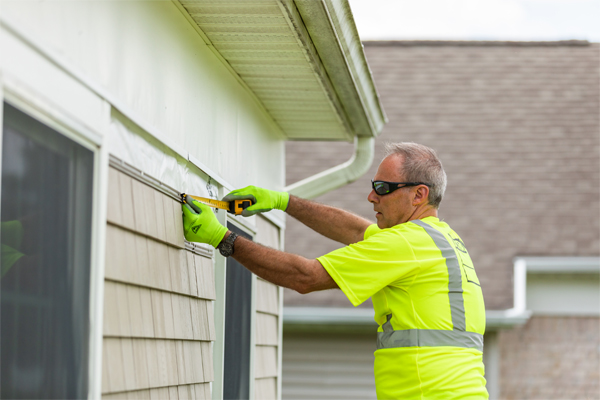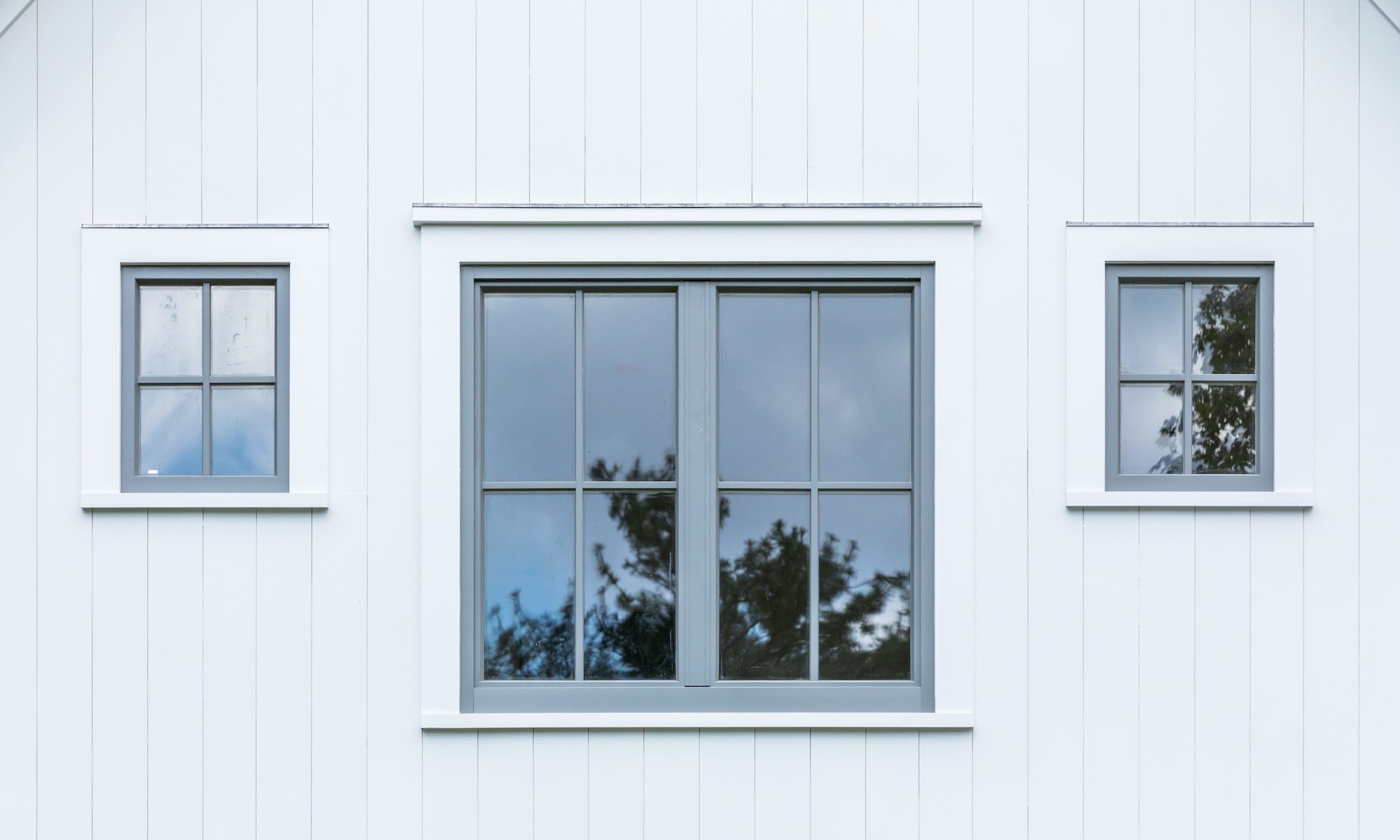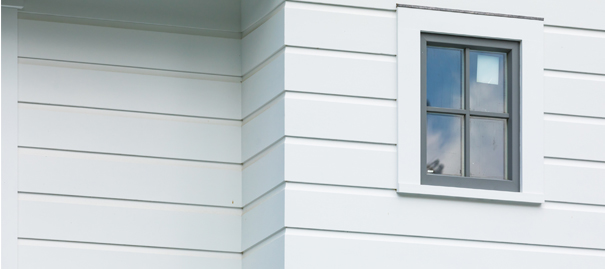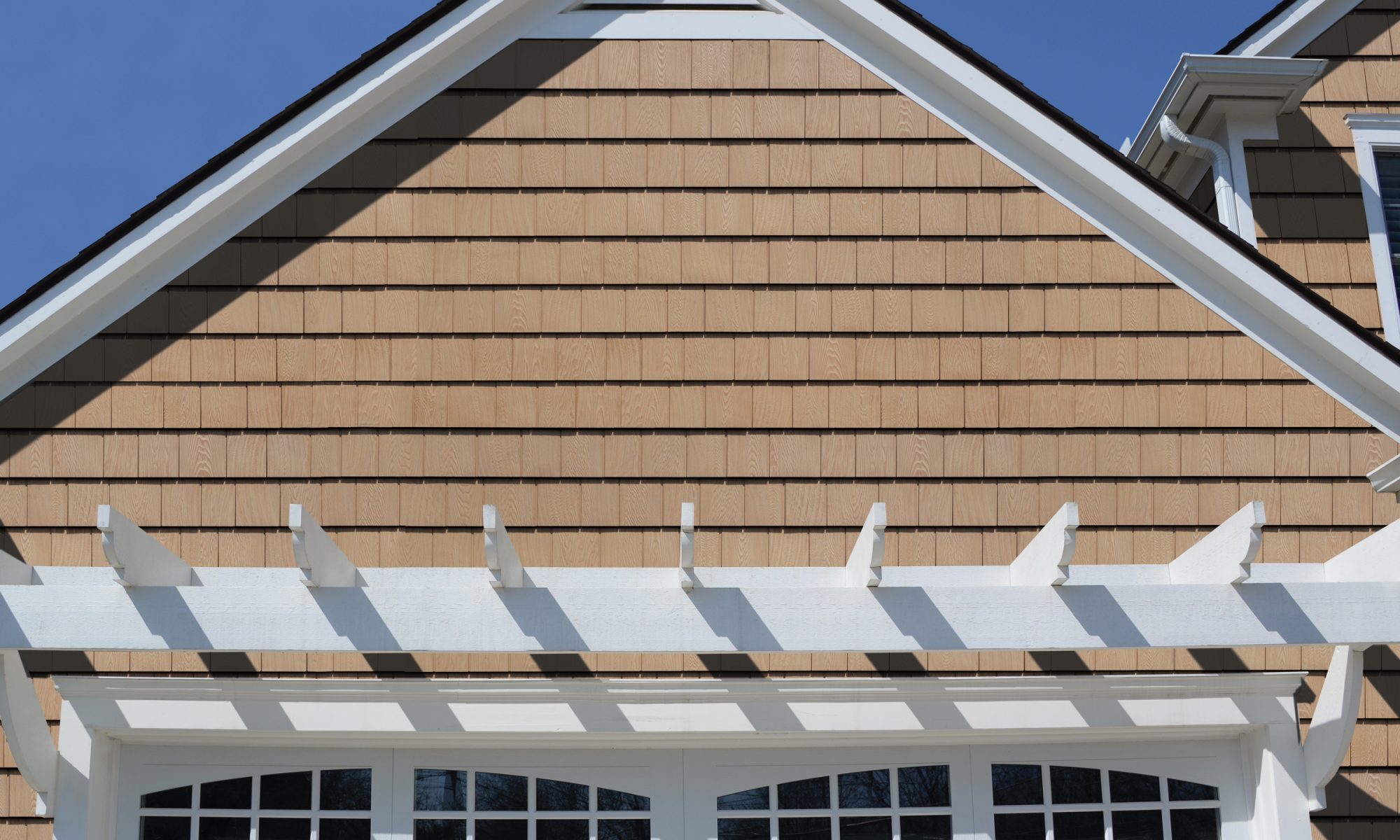During this year’s International Builders’ Show, Westlake Royal Building Products™ showcased three prominent residential product trends and several sub-trends designed to educate and inspire pros and consumers alike. The compilation of trends explores how design is evolving under new and ongoing influences, how pros and homeowners are adapting to changing conditions, and how we collectively leverage design to better our lives inside and outside the home.
Here’s a look at the trends our experts are seeing, along with tips for including them on your projects.
Residential Product Trends: 1 — Design Versatility
Bringing the visions of homeowners, architects, designers, and builders to life demands the creation of unique and harmonious indoor and outdoor spaces that reflect continuously evolving tastes. This can be accomplished through siding, trim, stone, roofing, and outdoor products that deliver the highest level of design versatility.
Residential Product Trends: Multi-Textured Facades
Homeowners and homebuyers tired of ho-hum, cookie-cutter houses are seeking out aesthetics to add an eye-catching pop that increases curb appeal and helps differentiate them from others on the block. For builders, these changes can create a more appealing streetscape in communities with limited elevations.
Tips for Multi-Textured Facades:
• Blend colors: Play with the different areas of the façade by incorporating different colors or profiles within the same cladding material. For example, specify gable siding in a color one or two shades removed from the rest of the façade or add a bold-yet-complementary color to a bump-out or other accent.
• Play with profiles: Similarly, matching colors but different siding profiles—such as lap siding on the main façade with shingles in the gables—can create a subtle but eye-catching shift.
• Create texture: Blend siding materials for a textured look. This can be made literally, such as adding from more robust materials like a stone half wall or column, or visually, from movement between materials and authentic, wood-like profiles.
• Leverage accessories: Trim, shutters, and columns are an excellent way to infuse style and create variation in low-profile ways.
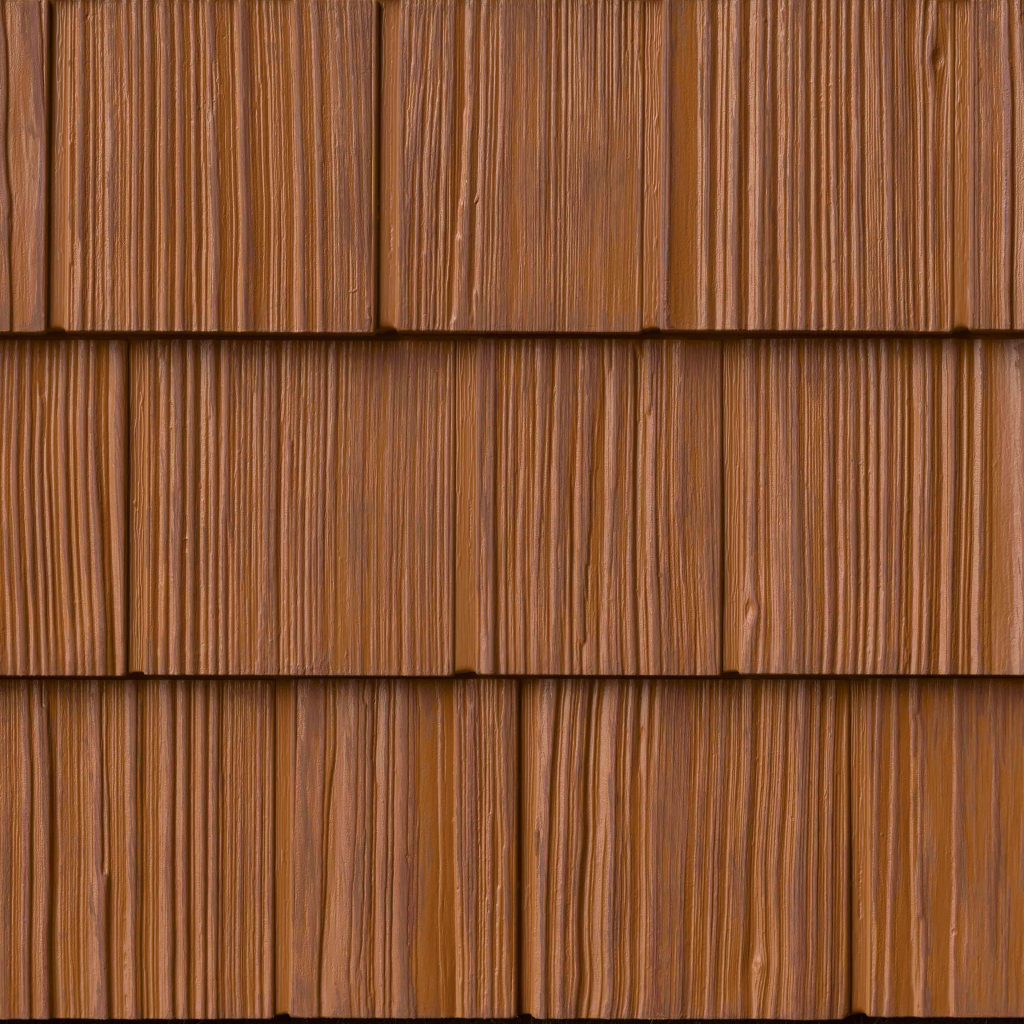
Biophilic Design
Connecting people more closely with nature and natural elements, biophilic design can lead to increased well-being and productivity. Growing wellness and environmental concerns are driving demand for outdoor living space improvements and integration of nature in design, including elements like green roofs, living walls, and large windows.
Products to consider:
- Cultured Stone’s architectural stone and brick veneer products reinforce our inherent connection to the natural world, infusing residential and commercial spaces with a sophisticated touch of texture that complements a wide variety of other natural materials.
- Kindred Outdoors + Surrounds fuels the outdoor entertaining scene with its captivating line of elegant, sculpture-inspired fire bowls.
- Zuri Premium Decking (pictured top of page) offers the natural beauty of exotic hardwood with minimal grain repetition, resulting in a flawless design flow from the outdoor space to the interior.

Solutions for Every Home Style
Flexibility and versatility are key for creating inviting facades. Westlake Royal Building Products’ extensive portfolio of exterior products makes it easy. These include:
- Dutch Quality Stone’s growing catalog of manufactured stone veneer provides an expanding portfolio of options to create seamless transitions between interior and exterior applications and unify the textural aesthetic of any project.
- Royal Trim and Mouldings have architecturally correct profiles that match any home style from Colonial or Craftsman to Victorian or Modern.
- Unified Steel Stone Coated Roofing is an ultra-lightweight yet strong roofing material offered in numerous profiles, emulating the look of traditional shingle, clay tile, cedar shake or slate roofing to complement a vast array of home architectural styles.
Residential Product Trends: 2 — High-Performance Products & Materials
As climate extremes have intensified, the demand for high-performance, weather-resistant building products has surged. Homeowners and building professionals are faced with complex product selection decisions—navigating around the areas of regional weatherability, performance, and sustainability.
Residential Product Trends: Extreme Weather Protection
Exterior products are the first line of defense for a home during a storm, fire, or other climate event. As extreme weather incidents continue to mount, it’s critical to choose resilient building materials.
For example:
- Eldorado Stone’s premium manufactured stone veneer products have been rigorously tested to withstand years of intense freeze/thaw cycles without damage, which is particularly crucial in northern latitudes and throughout Canada.
- Newpoint Concrete Tile Roofing is known for its superior strength, durability, and protection against ever-increasing weather events. The concrete tile helps shield the roof and home from the elements, offering a Class A Fire Rating, as well as a Class 3 or Class 4 Hail Rating (for select products).
- TruExterior Siding & Trim is made with a proprietary blend of fly ash and polymers, combining the look of wood with versatility and toughness to stand up to extreme weather, and ground and masonry contact. TruExterior is California Wildland Urban Interface (WUI) listed.
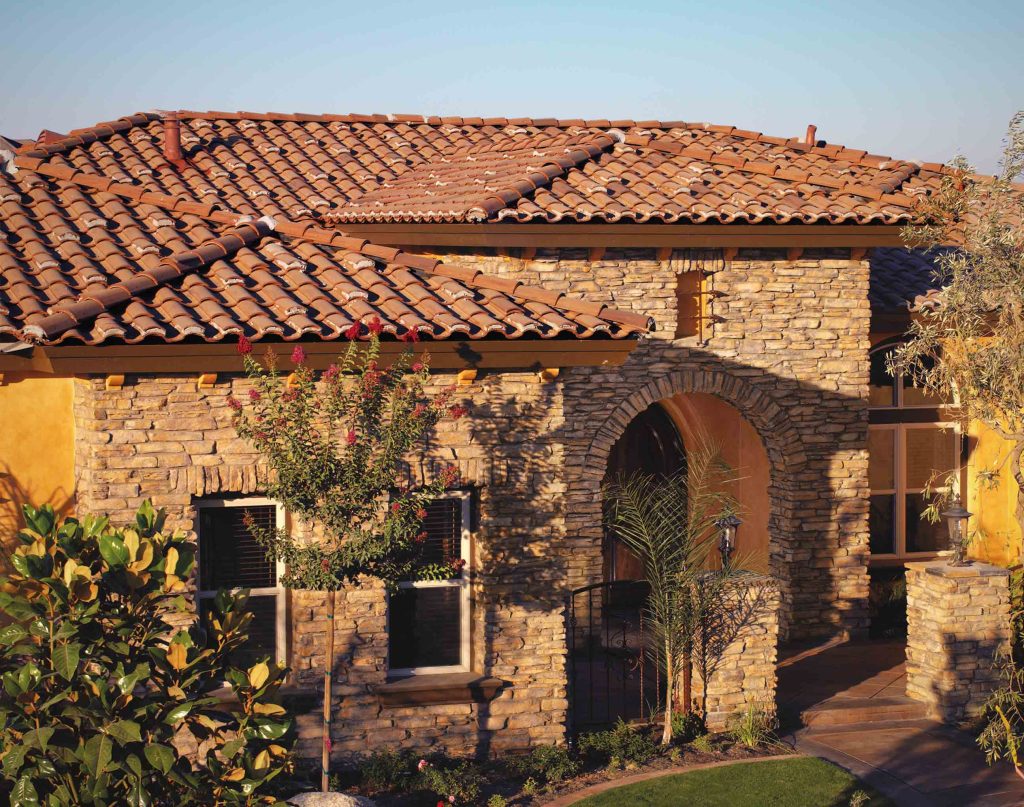
Long Product Life Cycles
Materials that don’t have to be replaced as often or maintained as frequently are a fundamental part of sustainably built homes—not to mention preferable for homeowners who don’t want to invest time and money into maintenance or replacement.
Tips for longevity:
- There isn’t a universal standard for “low maintenance,” so don’t take claims at face value without inquiring for greater detail. When trying a new material, always research a manufacturer’s maintenance claims, including reading the warranty, and compare it to other materials.
- When investigating low-maintenance siding, consider the other products used in its installation. For example, if a cladding requires caulking, that caulk is a secondary maintenance liability, requiring regular inspection and replacement before the siding’s life span is complete.
- Read the fine print on painting, as some siding warranties are divided into categories, with different guarantees for product life span versus details like color and fading.
Products to consider:
- Dutch Quality Stone requires little to no maintenance and may be cleaned with a soft bristle brush and water to remove dust and dirt—pressure washing, sandblasting, or acid washing is unnecessary and not recommended.
- Industry-leading DaVinci Roofscapes uses virgin resins, and UV and thermal stabilizers, along with a highly specialized fire retardant to craft durable composite slate and shake tiles that are ideal for any climate and backed by a Lifetime Limited Material Warranty.
- Kleer cellular PVC trim products offer the workability of wood without the durability issues or high maintenance. Every piece is straight and free of defects, and they won’t split, warp, crack, or check.
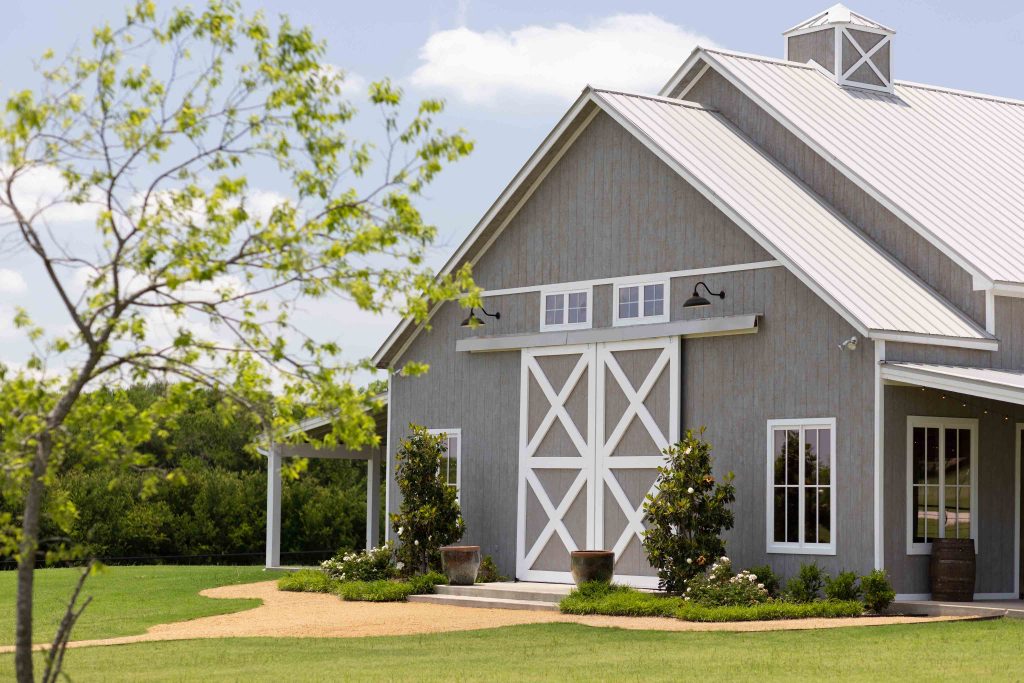
Sustainability
Among the Westlake Royal’s portfolio of products are a number of options made with resource-efficient materials and using efficient manufacturing processes. This includes:
- Cultured Stone is manufactured using a closed-loop system to recycle water and contains up to 58% recycled content; the finished product offers comparable durability to natural stone without the need to quarry material from the earth.
- Vinyl siding, such as options from Royal Siding and Exterior Portfolio, outperforms almost all other common cladding materials in total environmental impact. Over its life cycle, vinyl siding’s impact on global warming is 1/3 that of fiber cement.
- US Tile Clay Roofing is naturally reflective, and many of the colors offered meet the highest cool roof rating standards (such as LEED). The roofing material is not only long-lasting, but is also 100% recyclable at the end of its life on the roof.
Residential Product Trends: 3 — Innovative Industry Solutions
Building professionals face the daunting challenges of labor shortages and product delivery issues, while trying to gain strong project margins and grow their business. To meet these varied and evolving needs, Westlake Royal Building Products is exploring every innovation, from new products to support services.
Residential Product Trends: Labor-Supporting Innovations
It’s no secret that the construction industry continues to struggle to find enough workers, especially as older contractors retire and fewer young people enter the trades. Using products that are straightforward to install and working with companies that offer extensive training options is crucial to keeping jobsites moving.
Products to consider:
- Versetta Stone combines the beauty and texture of authentic stone masonry with the simplicity of panelized installation. With an integrated nailing fin, the lightweight, interlocking stone siding panels attach with nails or screws.
- Brakes and saw tables from Tapco Tools offer the utmost precision for high-quality custom exterior trim, siding, and flashing. The tools and accessories are efficient, durable, portable, and easy to use, and our partnerships with industry pros and trade schools provide learning opportunities.
- DaVinci Roofscapes Technical Trainers offer regular regionally specific training for contractors, designers, and distributors across the country. With hands-on training and continuing education courses, DaVinci provides multiple avenues for learning more about our roofing systems.

Robust Contractor Resources
Product and installation knowledge are key to crew success. Take advantage of manufacturer-provided literature, courses, and training to keep your installers trained and up to date. For example:
- In addition to channel-specific assets for architects, builders and designers, Cultured Stone has partnered with the Concrete Masonry & Hardscapes Association (CMHA) on a Certified Installer Program for masons and other installers to hone their craft.
- The Westlake Royal PROS Perks Program rewards pro customers for purchasing products from an extensive selection of Westlake Royal Building Products brands. Merchant or VISA gift cards are easy to earn and redeem, with no complicated point systems to navigate.
- DaVinci Roofscapes offers a Masterpiece Contractor Program with nationwide membership, online portal support, and expansive business-building marketing assistance.
For more trend and design inspiration, subscribe to our enewsletter.


